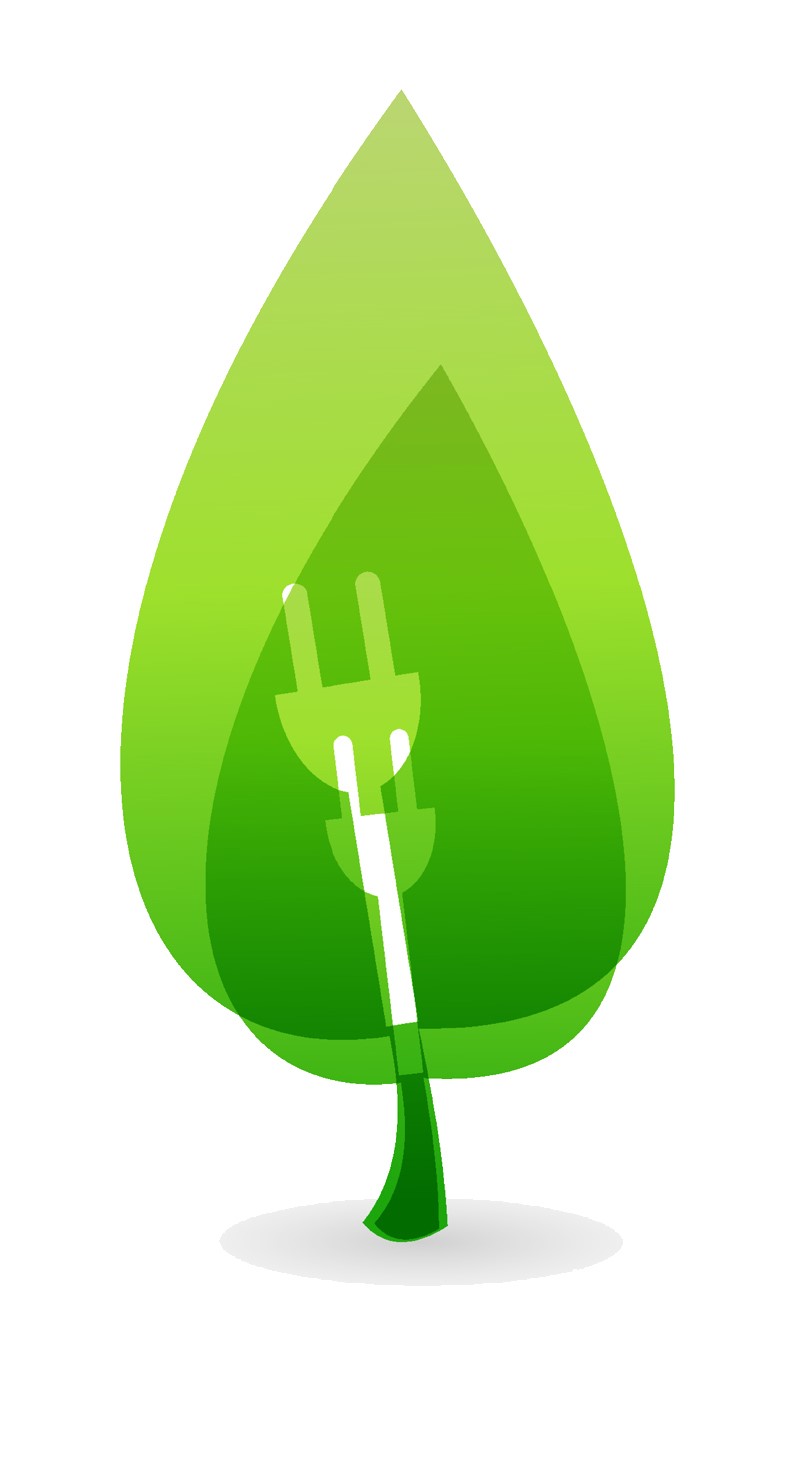
Recovering from Industrial Overshoot: Cryogenic Carbon Capture of Atmospheric CO2
Presentation Type
Long presentation (faculty/staff) 15-20 minutes
Campus
Daytona Beach
Status
Faculty
Faculty/Staff Department
Physical Sciences
Start Date
12-4-2022 4:30 PM
Presentation Description/Abstract
Anthropogenic Climate Change has become one of the most challenging problems humanity and the tapestry of Earth life has yet faced. I will first place this problem in a planetary context by comparing the Earth with Mercury, Venus, and Mars, then argue that society will overshoot safe levels for carbon dioxide (CO2) in the atmosphere. This inevitability requires that we develop methods to remove CO2 from the atmosphere as well as safely sequester that CO2 for centuries. I will briefly outline worldwide research efforts on direct air capture of CO2, then present the novel approach of our team, which focuses on a mix of thermal and surface physics. The majority of the talk will be aimed at a non-technical audience, yet will contain enough physics to allow science and engineering colleagues and students to evaluate the technique. Our team welcomes future collaboration from colleagues and students.
Keywords
Climate Change, atmospheric drawdown, carbon dioxide
Recovering from Industrial Overshoot: Cryogenic Carbon Capture of Atmospheric CO2
Anthropogenic Climate Change has become one of the most challenging problems humanity and the tapestry of Earth life has yet faced. I will first place this problem in a planetary context by comparing the Earth with Mercury, Venus, and Mars, then argue that society will overshoot safe levels for carbon dioxide (CO2) in the atmosphere. This inevitability requires that we develop methods to remove CO2 from the atmosphere as well as safely sequester that CO2 for centuries. I will briefly outline worldwide research efforts on direct air capture of CO2, then present the novel approach of our team, which focuses on a mix of thermal and surface physics. The majority of the talk will be aimed at a non-technical audience, yet will contain enough physics to allow science and engineering colleagues and students to evaluate the technique. Our team welcomes future collaboration from colleagues and students.
